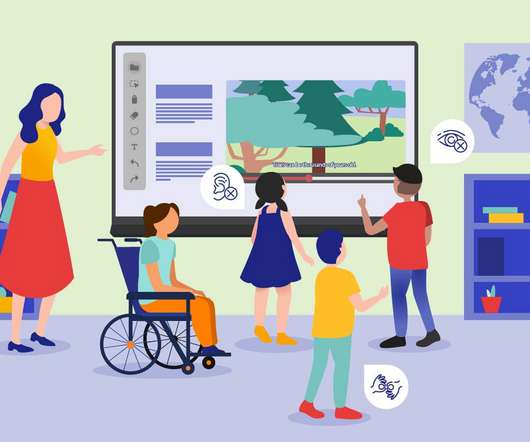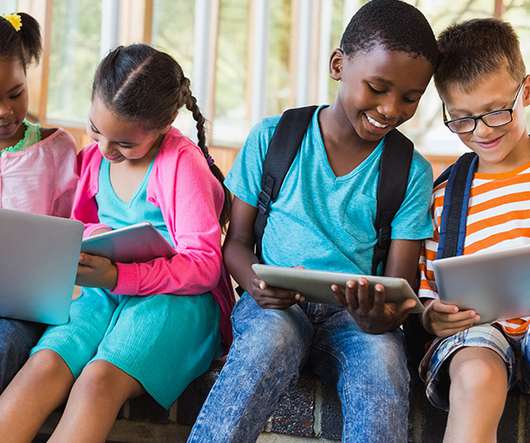What is Digital Accessibility? (And Why It’s Crucial at Schools)
ViewSonic Education
MAY 22, 2022
Digital accessibility is about ensuring that all users can perceive, use, and operate web content, software, mobile apps, and other forms of digital media. At the same time, a focus on digital accessibility can empower these students to enjoy the same learning experiences as their peers. . Collaborative Learning .
















Let's personalize your content